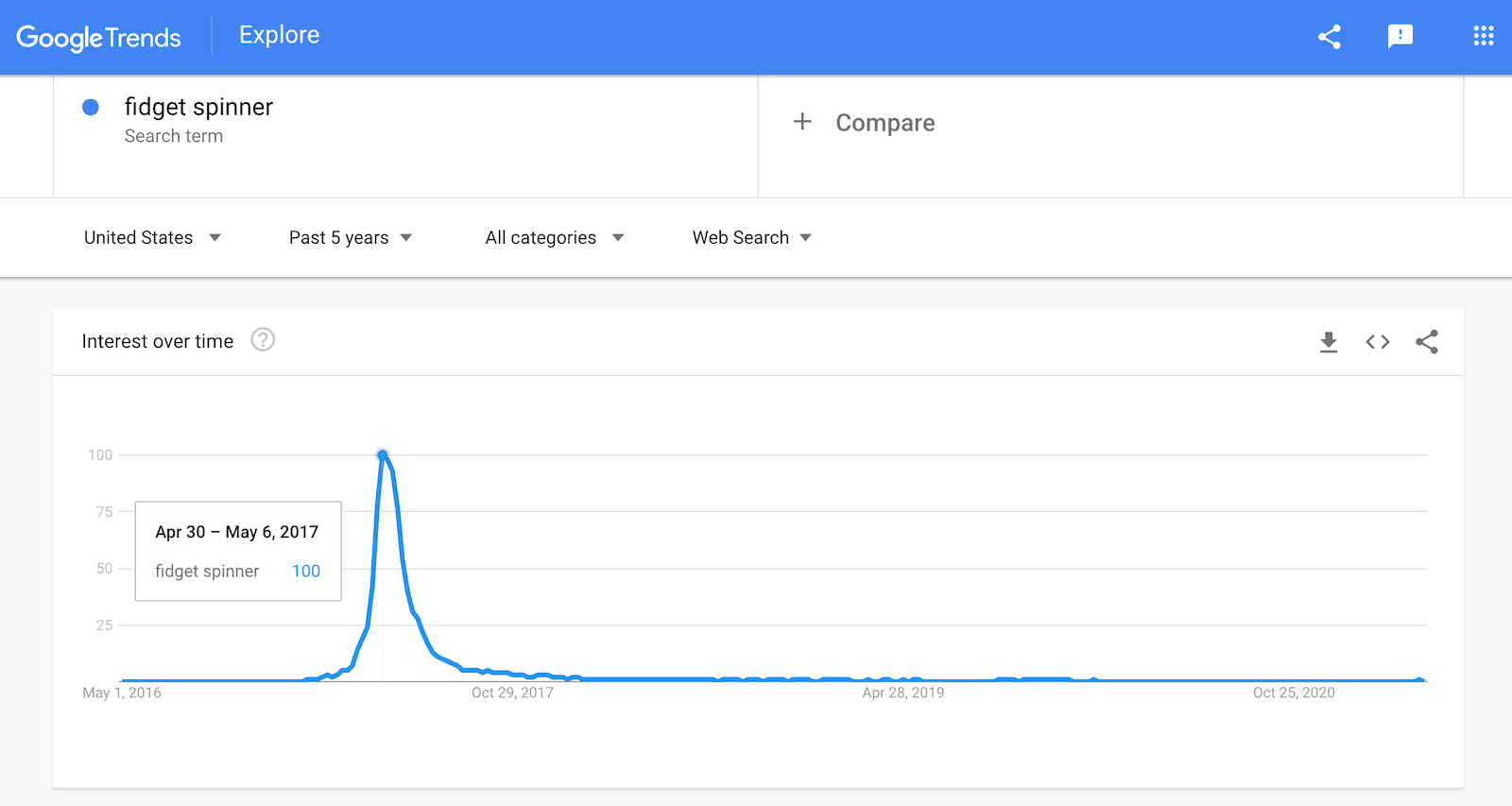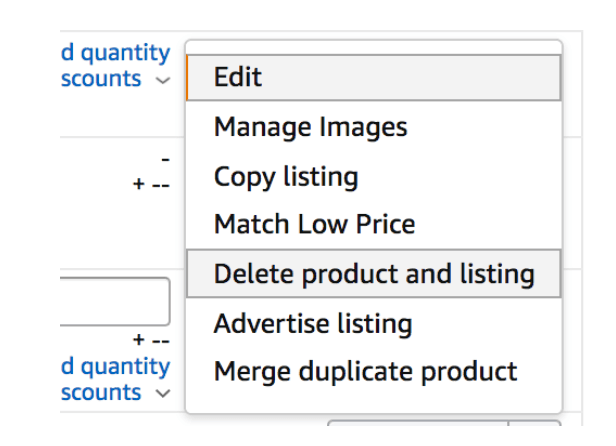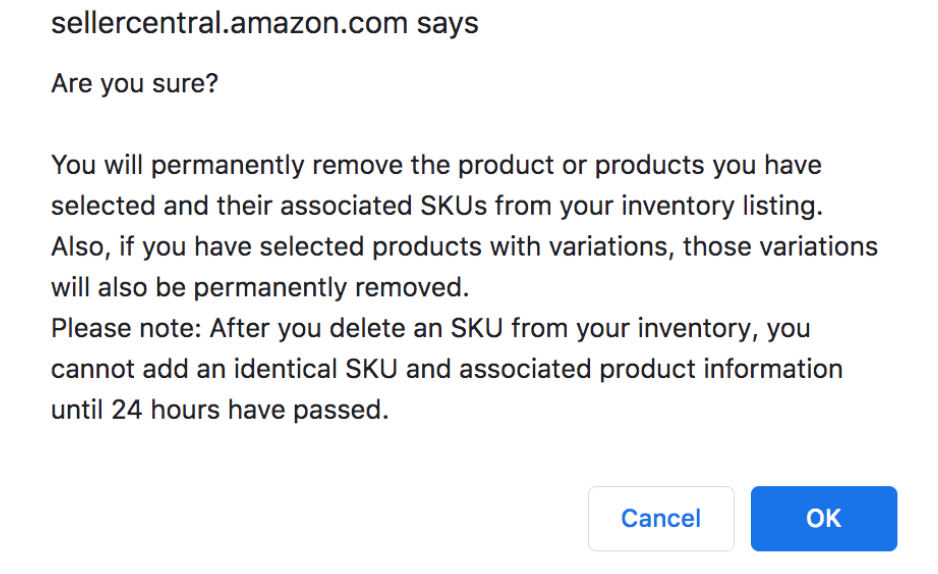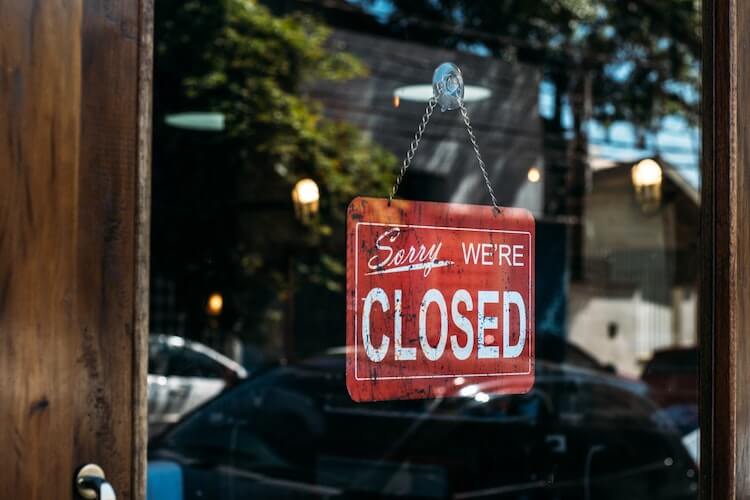While starting an Amazon business is one of the best ways to make money as an entrepreneur, things don’t always work out how you imagine. You may identify a great product opportunity through excellent product research and find a reliable supplier with good pricing, but — against all odds — your product just doesn’t sell that well.
So, what determines whether a product performs as expected? There are many possible explanations, but it often comes down to sheer coincidence; a common reason a product fails is that other Amazon sellers discover the product opportunity at the same time.
A similar thing happened to me when I first started selling a few years ago. I had landed on a product idea with a great Opportunity Score and was looking forward to raking in tons of profit. But by the time I was ready to launch, the competition had increased exponentially, prices tanked, and my inventory didn’t budge.
Disappointing, right? As many Amazon sellers know, it’s just a fact of the business: not every product you launch will be a hit. In fact, while 54% of sellers say their first product launch was profitable, others don’t succeed until their second or third launch attempt.
To help you determine whether you should ditch a poorly-performing product, we will go over:
- Reasons why you might want to stop selling your product
- How to minimize your losses and sell off slow-moving inventory
- What to do if your product fails
- How to close out a listing in Seller Central
Let’s dive in.
Reasons why you should stop selling your product
There are a few situations that could lead a seller to stop selling a product and permanently shut down the listing. Let’s go over some of the most common reasons and ways you can address them before giving up on a product.
1. You launched your product too late
Here’s what I mean by “too late”: at the time you discovered this particular product opportunity, it still had high demand with low competition. But by the time you sourced the product and had inventory shipped into an FBA warehouse, many other sellers had already the same idea, and beat you to the punch.
Unfortunately, this is especially common with new, trending products. Typically in this type of situation, dozens of sellers discover and launch a product around the same time, creating more supply than demand. When that happens, PPC costs rise while the price of the product dips as many sellers compete with one another to attract customers (I’m looking at you, fidget spinner).
Eventually, the price of the product becomes so low, and PPC costs so high, that profits disappear — and some sellers even lose money just by listing the trendy product.
Keep in mind that when selling a new or trending product, you of course do have a chance at success. But if your advertising strategy is weak or your listing isn’t optimized, it may get lost in the search results. When that happens, customers won’t be able to find your product to make a purchase, and you’ll eventually start accumulating storage fees for your unsold inventory.
What to do if this happens:
- Do not participate in a “price war”
Don’t be one of those sellers who races other sellers to set the lowest price. This only devalues your product, and harms competition within the niche. I suggest keeping your price point as is and instead optimizing your advertising campaigns and listing content. Let customers know why your product is worth its price.
Over time, your competition will either sell out or eventually move their prices back up. If the product has enough demand and is evergreen, the prices should level out again.
- Make sure your listing is optimized
This is a given for any product listing, but it is particularly important to boost search opportunities and conversions for trending products. This includes having high-quality images and infographics, offering complete product information, targeting high-volume, relevant keywords, and featuring compelling content that pulls the customer in.
- List your product on other marketplaces
While this particular product may be popular on Amazon, the competition could potentially be lower on other marketplaces. Try listing your product on eBay and Facebook marketplace, for instance, to capitalize on lower supply off Amazon. If you have a registered business with at least a year of operating history, you can also apply to sell on the Walmart marketplace.
If you store all of your inventory in an FBA warehouse, that is ok! You can fulfill orders from other marketplaces via your Seller Central account.
- Promote your product outside of Amazon
If you have room in your budget, promoting your products to an off-Amazon audience using Facebook ads or Google ads can be helpful. You can also create social media accounts for your business and post content about your products and brand for Instagram, TikTok, and Pinterest users to view. This additional exposure can help drive customers to your Amazon listings.
- Use promotions or coupons
Within your Seller Central account, you are able to launch a few different types of promotions to drive attention to your listings. These include lightning deals, coupons, and buy-one-get-one deals, which draw shoppers’ attention and encourage sales. For example, if you run a coupon deal, your listing will feature a bright orange sale price tag that will stand out to customers and entice them to click on your listing. If the discount is attractive enough, it should lead clicks to convert into sales.
2. Competition is increasing
Maybe you were one of the first sellers to launch a certain type of product, but now, competition is really ramping up. This is increasingly common on Amazon, as more and more sellers join the marketplace and discover new opportunities. In fact, increasing competition in a given niche is now more or less expected when selling on Amazon — which is why it is especially important to launch a great product idea as quickly as possible, as delays could ruin your chances at success.
If you take a few months or even up to a year to launch your product, there is a chance the competition has beaten you to market.
With one of my first private label products, I was one of the first few sellers to market with a particular product. For the first few months it sold very well, and I accumulated dozens of positive reviews. Eventually, more and more sellers began to sell a similar product. While I was ranked much higher than the new sellers, my sales began to decrease as the influx of competition forced prices down.
What to do if this happens:
- Re-optimize your listing
Even though your listing may be much older than your new competitors’, theirs may be better. Always keep an eye on your competitors’ listings. Do their images look better? Is their listing copy more compelling than yours? Take the time to make sure your listing is as attractive as it can possibly be.
- Optimize your PPC campaigns
This could be a good time to increase your budget and bids on your PPC campaigns. Your new competitors may not have the same spending capabilities as you, so get a little more aggressive with your keyword bids. Use tools such as Keyword Scout to search for new long-tail keywords to target.
- List your product on other marketplaces
To help increase your sales, list your products on other marketplaces such as eBay, Facebook marketplace, and Walmart.com. The more places you have your products listed for sale, the higher your sales can climb.
3. A product trend fizzled out
Capitalizing on an exciting trend is fun, but eventually, every trend dwindles. Solar eclipse glasses — and, again, fidget spinners — are a few examples.
The ideal situation here is that you got in early and sold all of your inventory before the trend started to die down. But maybe you ordered too many units, and are now stuck with a product that people no longer need or want. What do you do in this situation, and how can you prevent it in the first place?
What to do if this happens:
- Track your and your competitors’ weekly sales for signs that the trend is dying
A good way to keep an eye on the market is to constantly track sales for both your own products and your competitors’. That way, you’ll notice any noteworthy changes, such as rise or fall in sales. If you notice your sales are increasing, this could be a sign the product demand is growing. If your sales are starting to slow, this is a sign that the trend is nearing its end, and you shouldn’t purchase more inventory right away.
- Check Google Trends
Similarly, you can use Google Trends to track the general popularity of your product or niche. Google will show you a graph indicating search volume for a particular keyword — we’ll use the fidget spinner example again.

Around May 6, 2017, the keyword “fidget spinner” reached its highest Google search volume ever — this was the best time to have had a high-performing listing for fidget spinners on Amazon, with some inventory still left over for stragglers. After that date, you can see the graph start to plummet, indicating that once-fervent demand for the toys was gone.
- Lower your price (slightly)
Now, I know in the section just above, I cautioned against participating in a price war. Here’s a slight exception: if you notice the demand for your niche start to slow down, begin to lower the price just enough to encourage customers to purchase from you. This will ensure you sell through your inventory faster and don’t get stuck with tons of accumulated storage fees. You just have to know when to stop lowering the price — certainly before you reach your break-even point. You can use our free FBA calculator to determine your breakeven price.
- Use promotions or coupons
Alternatively, you can also combat a slowdown in demand by encouraging sales with coupons or other promotions. Using a 15% coupon may be a much better way to increase your sales versus simply lowering your price, because it’s more obvious that shoppers are getting a deal — and a higher “regular” sales price may indicate to customers that your product is of higher quality.
- List your product on other marketplaces
If the product is trending on Amazon, there’s a good chance it is trending on other marketplaces as well. As listed above, eBay, Facebook, and Walmart are great places to go to get additional sales.
- Sell your product in bulk
If you are having trouble selling the rest of your inventory, you can sell your remaining units as a lot to one customer. So instead of hoping to sell each individual item, you can get rid of everything all at once and recoup some of your initial investment. Again, eBay and Facebook marketplace are good places to list bulk lots.
4. Your product is receiving bad reviews
While you may think you have the greatest product in your niche, your customers may beg to differ. That, unfortunately, is sometimes the reality of selling on Amazon. But before you give up on your product altogether, explore these strategies for rehabilitating product ratings.
What to do if this happens:
- Figure out why customers are leaving bad reviews
Take the time to actually read the reviews that are coming in for your product. This is your number one line of defense, as customers will often let you know exactly what is wrong with their order in their review. For example, maybe customers are stating you’ve listed incorrect dimensions in the description, and they were unhappy about being “misled” into purchasing.
In this case, it’s an easy fix — simply correct your listing information to avoid further disappointment.
If it is a product quality issue, talk with your supplier about what improvements need to be made, to prevent future issues. Just explore the complaints, and you’ll be able to suss out why your reviews are bad.
- Work on gaining more positive reviews
While you cannot email customers to remind them to leave reviews, or specifically ask for a positive review, you can easily prompt them to leave some kind of feedback using the Jungle Scout Review Automation feature. This tool automatically sends out a review request to your customer once they receive the product, saving you time and headspace.
- Try to have the negative review removed
This will only work if the reviewer violated Amazon’s community guidelines, but it’s worth a shot. For instance, a review for an FBA product that’s focused on slow delivery has nothing to do with your side of the business, so you have a good chance of having it removed from your listing.
Review Amazon’s terms on reviews to get a better understanding of what kinds of reviews can be requested for removal. If you find one, contact Seller Support with the ASIN, the date of the review, the reviewer’s name, and the reason why it should be removed.
What to do if your product fails
If you have tried everything you possibly can to get your product selling profitably on Amazon but it still fails, there are steps you can take to salvage the situation. Number one, don’t freak out! Again, failure is a part of business, and it’s ok if not every product you launch works out.
1. Remove your inventory from Amazon’s warehouse
If your product is just not selling, it is best to have it removed from Amazon’s warehouses. Each month your inventory sits, you will be hit with monthly storage fees and, eventually, long-term storage fees. This could result in a very large bill you cannot afford. Keep in mind that there are also removal fees involved with clearing inventory.
2. Try to liquidate your inventory
If you just need to get rid of your products, liquidating your inventory can be a good option. There are a few different ways you can do this.
- Sell in bulk to a liquidation company
- Sell in bulk on eBay
- Donate your remaining inventory
3. Have Amazon destroy your inventory
If you have nowhere to send your inventory — such as your home or your own warehouse space — you can have Amazon destroy your inventory. This is obviously not ideal, but it may be your most cost-effective option. In that case, cut your losses and move on. You can do this by creating a removal order.
How to delete your product listing
Once you remove or sell all of your remaining inventory, you can then delete your listing from your inventory dashboard on Seller Central. While the ASIN will still technically exist on Amazon, there’s no reason to keep the inactive SKU in your account, unless you plan to sell it again in the future.
To delete your listing, go to “Manage Inventory” in your Seller Central account.
Find the listing you would like to remove and click the drop down arrow next to “Edit.”

You will then see “Delete product and listing.” Click on that.

You will see this message:

Clicking “OK” will remove the listing from your account. If you want to sell the same product again in the future for any reason, you can always add it back into your inventory using the same ASIN.
Don’t give up selling on Amazon!
Running any type of business comes with challenges, and selling on Amazon is no exception. While having your product fail can be very discouraging and disappointing, the best thing you can do is take it as a learning experience.
Ask any seller, and I can guarantee that most have had a product fail at some point in their career. 37% of sellers who stopped selling on Amazon were motivated to quit because their product was not doing well. Don’t be a part of that statistic! Use this setback as a lesson and work on improving your next product.


 6 Comments
6 Comments
6 comments on “How to Know When to Shut Down Your Amazon Listing”
could we start selling with 3000$ in the USA marketplace?
Hello,
Yes, that is a good amount to start with when creating your own private label product.
Thanks, Brian. Great information – we’ll work on some of your tips and see where it goes. 😉
Hi Nancy,
Great! Thanks for reading, let us know if you have any other questions.
very good and useful, that is my situation now, opne my view for other options, thanks!
Great! I am glad this article has helped you.